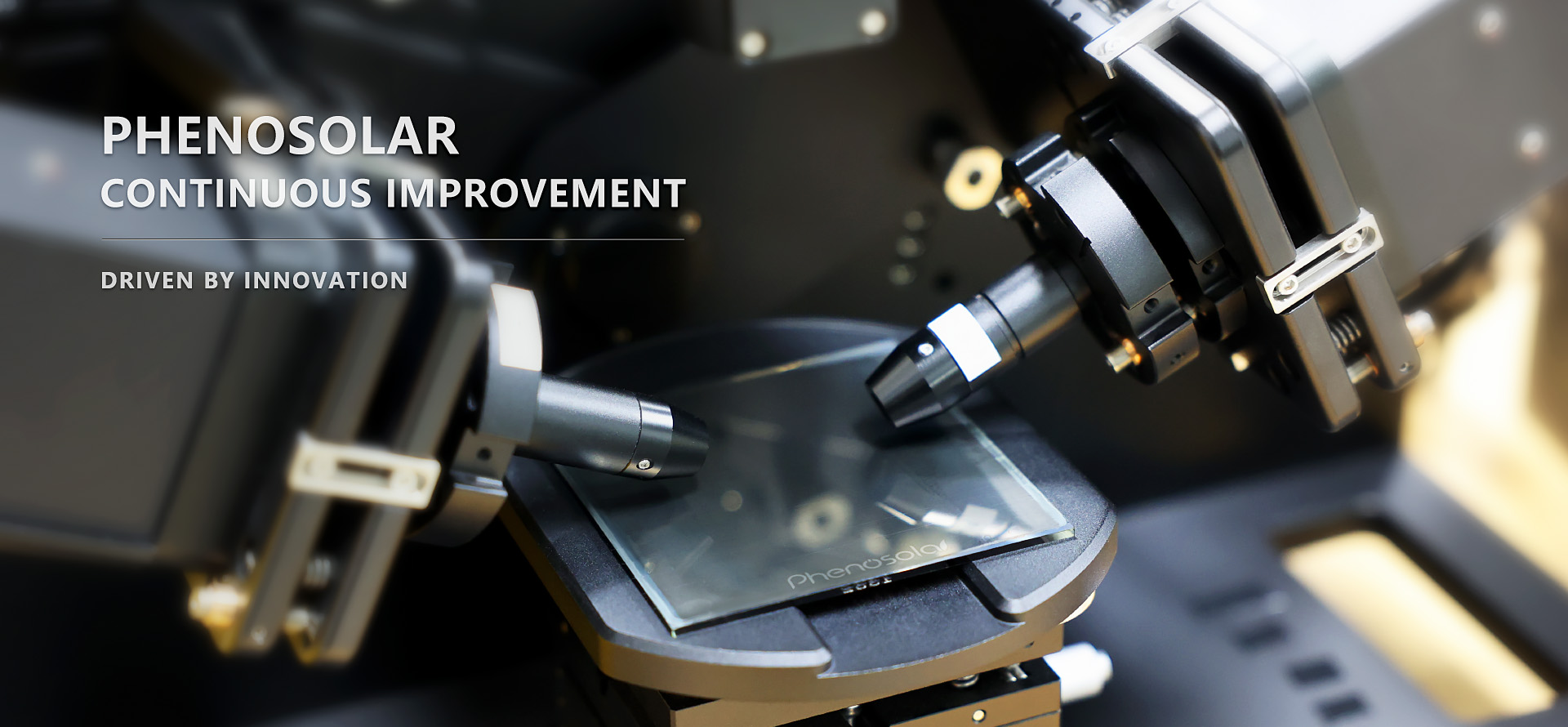Our Specialists
Phenosolar has built a worldclass research and development center led by international specialists, academicians, and research scientists. The technical backbone of the company is comprised of material scientists, device engineers, thin-film specialists, and manufacturing experts, resulting in a deep and unique understanding of our next generation of perovskite thin film solar cells. We focus on teamwork, encourage innovative thinking, and promote the continued optimization of our technology.




























